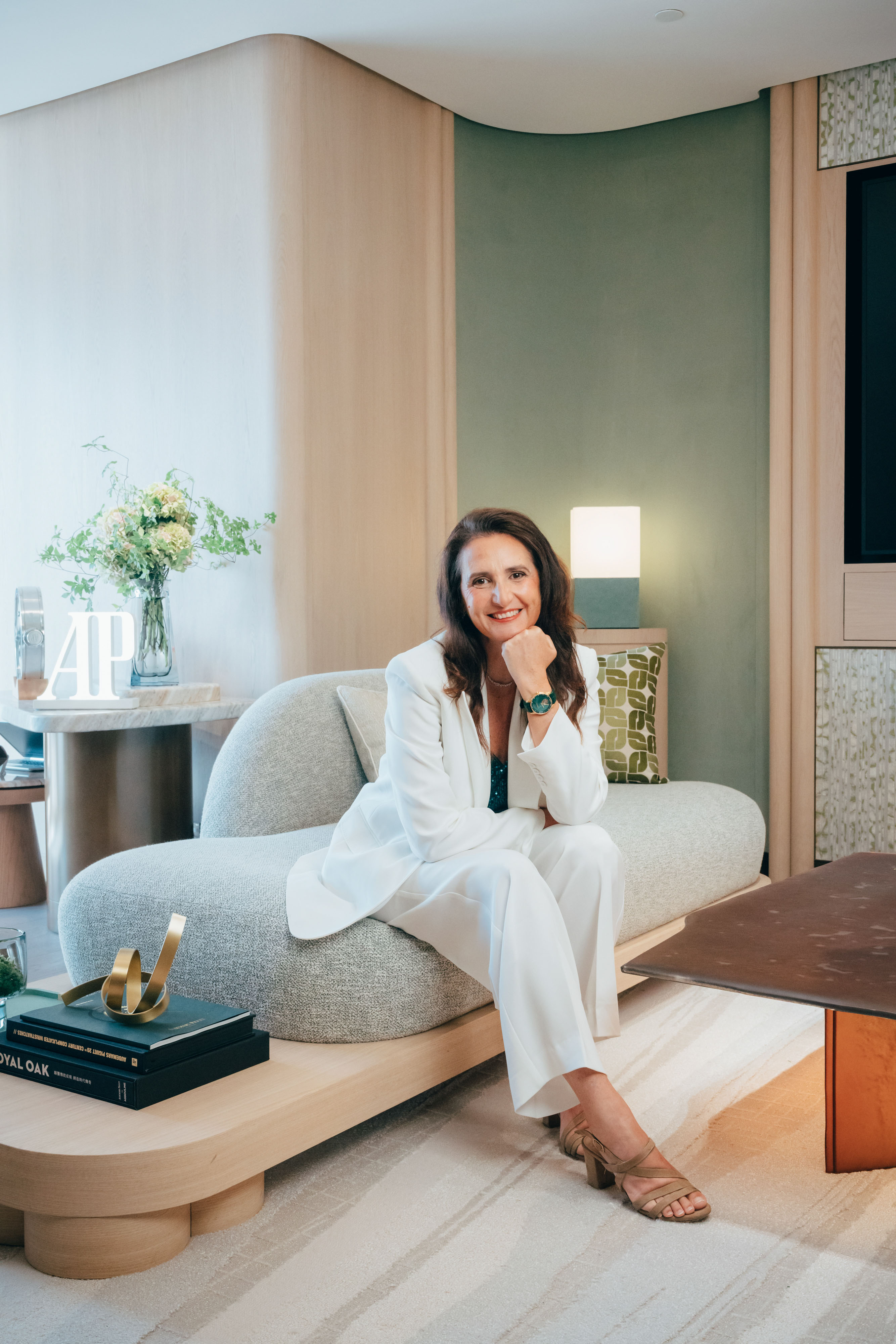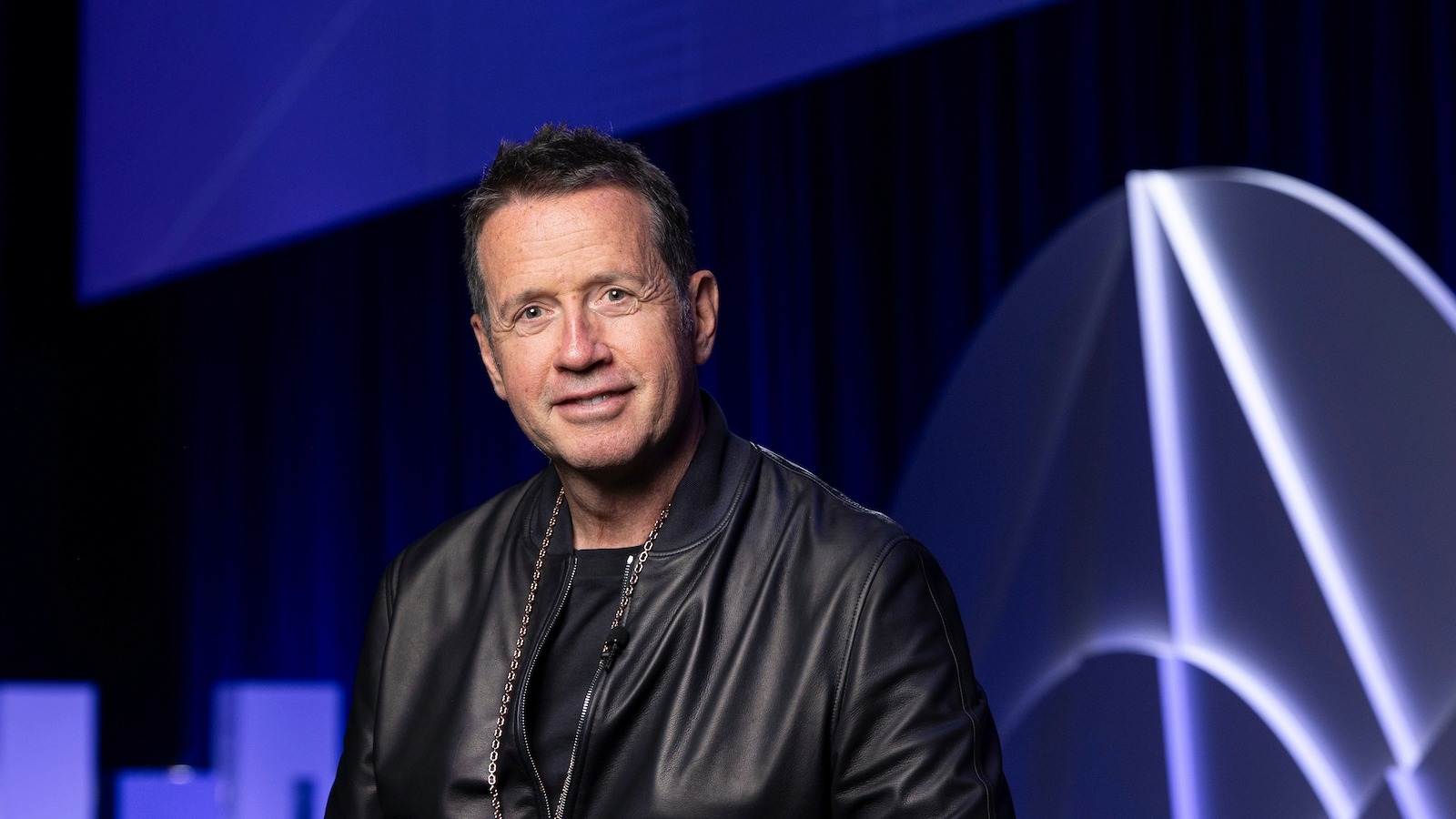Susanna Nicoletti, a brand strategist among some of the world’s top luxury groups, speaks to Luxury Society about the importance of long-term strategy, brand DNA, leadership and more.

Millennials are a huge focus when top luxury brands consider their product strategies. How do brands evolve while still remaining authentic?
The perfect strategy for millennials, I think, is focused on the brand reputation. The higher the brand reputation is kept, the better it is for millennials and also for existing customers. Hermès is one of most interesting examples in this sense. The Birkin bag is the most sought after bag, both from generations of women in their 50s and 60s, as well as the youngest generations of millennials. This is because Hermès managed to have a proper growth to keep the exclusivity and the rarity and the authenticity of its own message.
What kind of business model is the most productive when looking at the current climate of the luxury world?
In the greatest luxury groups, leadership is a key factor. Of course, the best performing groups are the ones that can have clear organization, proper distribution of roles and brand positioning of each single company inside the group, in order to avoid any internal competition. A strong leadership is definitely required, but it has to be a leadership that can drive all the other leaders. It’s a leadership that has to create and enable other leaders to grow the brand they are driving.










